Convocation held at the University of Michigan proclaimed “The Vaccine Works!”
On Apr. 12, 1955, a convocation was held at the University of Michigan (UM), where Dr. Thomas Francis…
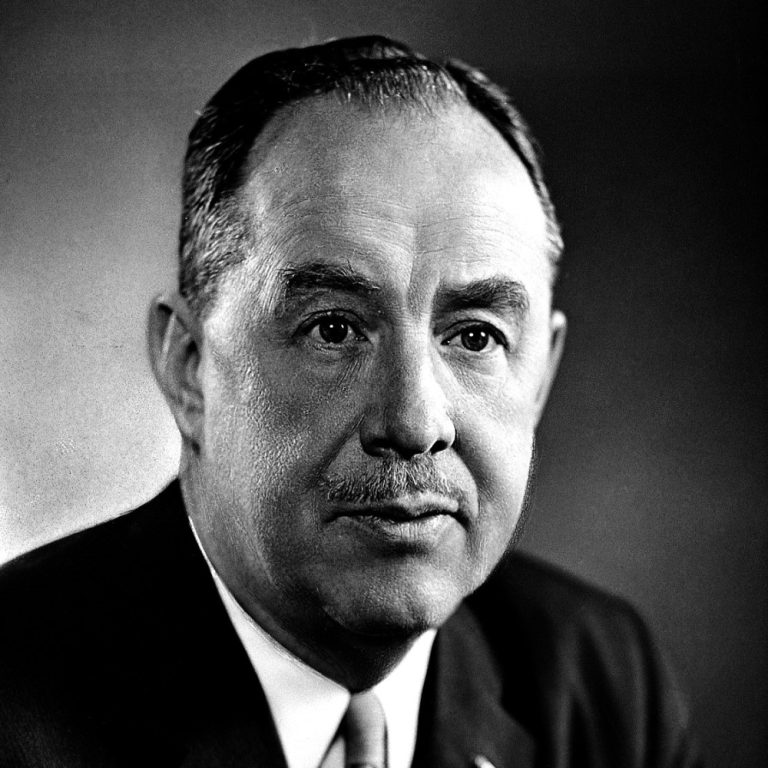
On Apr. 12, 1955, a convocation was held at the University of Michigan (UM), where Dr. Thomas Francis…
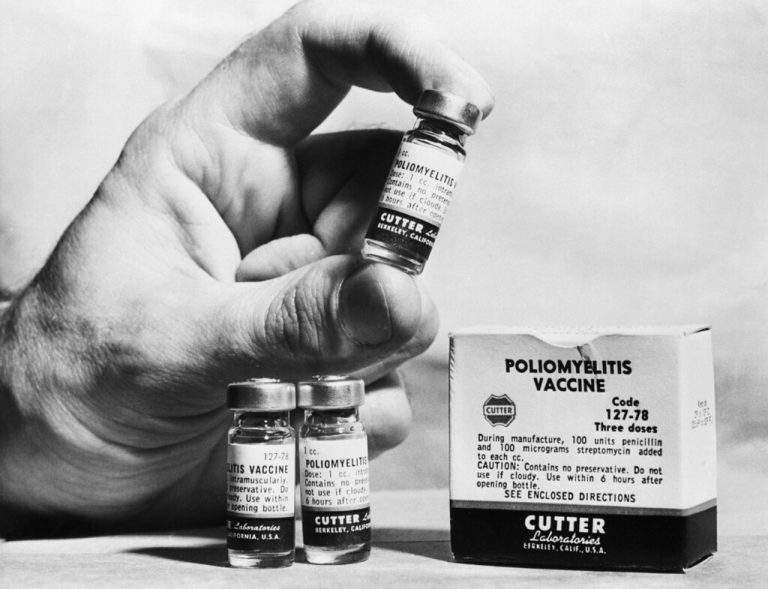
In April 1955, Cutter Laboratories, located in Berkeley, California and one of several companies licensed by the U.S….
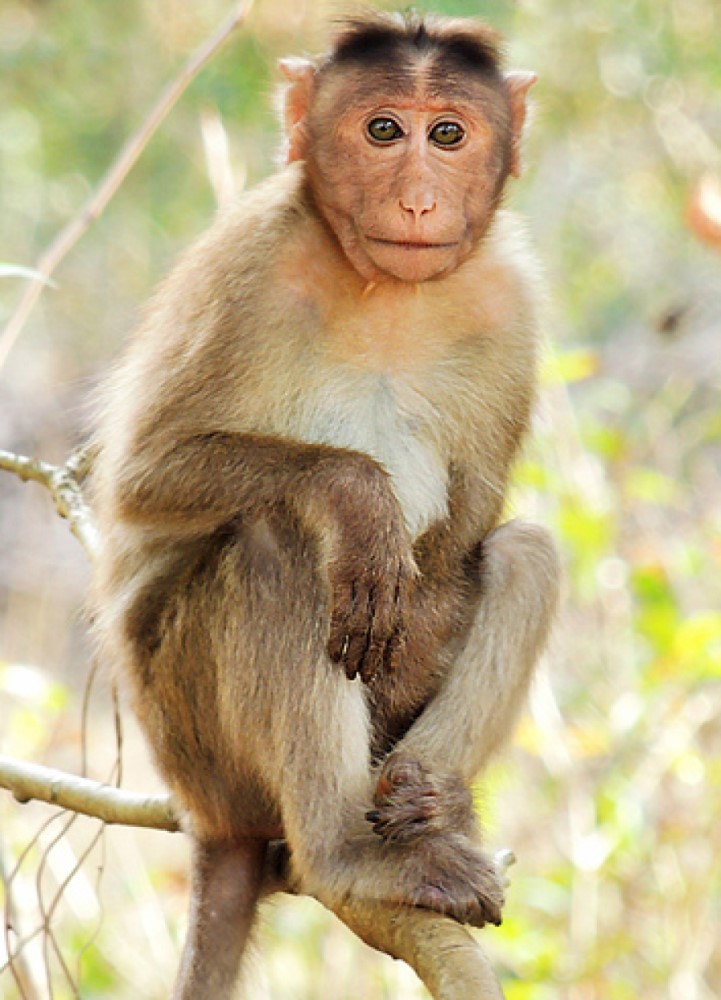
From 1955 through early 1963, millions of people were accidentally exposed to simian virus 40 (SV40) as a…
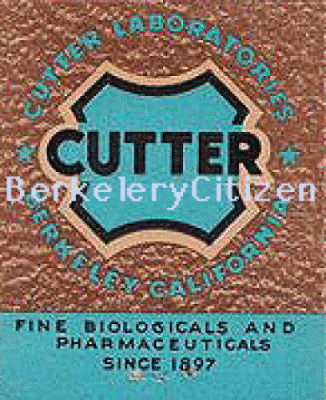
In 1955, the Division of Biologics Control (DBS) became an independent entity within the National Institutes of Health…
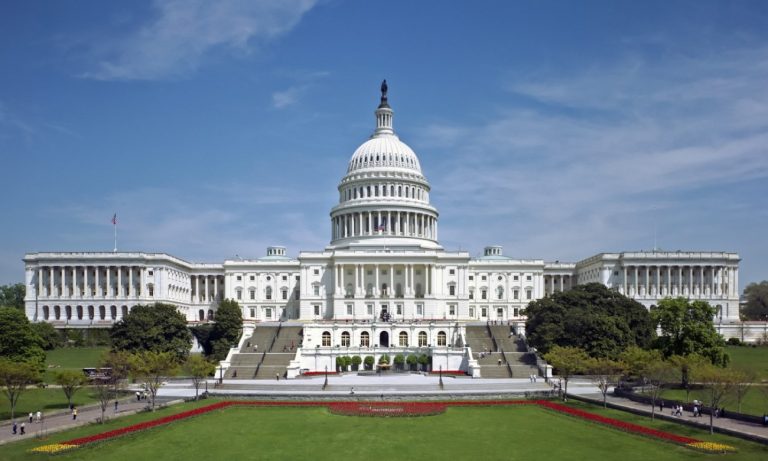
In 1955, the Polio Vaccination Assistance Act was enacted by the U.S. Congress, the first federal involvement in…
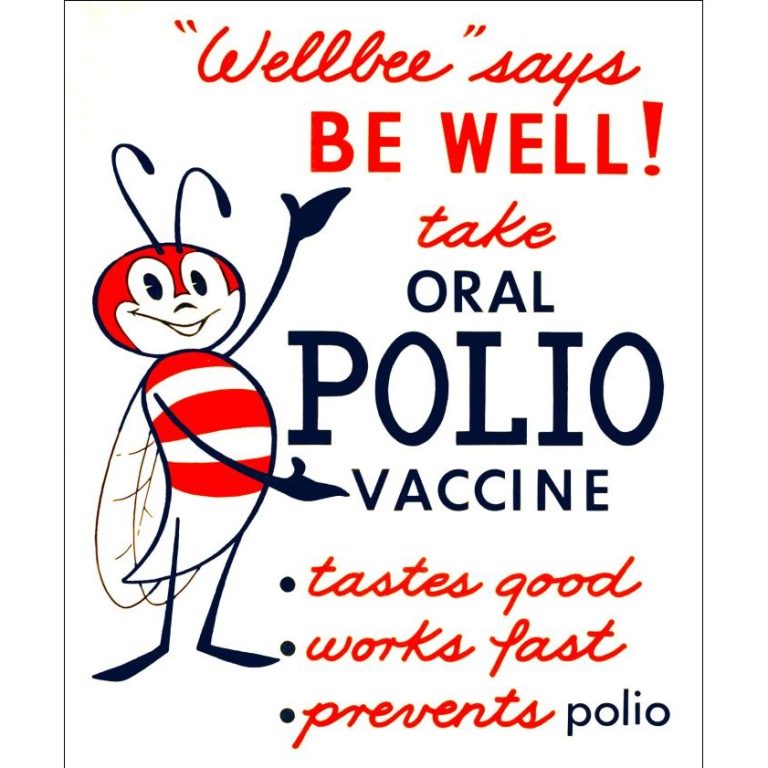
On Apr. 28, 1955, The National Poliomyelitis Surveillance Program was established by the Surgeon General of the Public…

In 1955, Canada contributed to the safe cultivation of the poliovirus, using Medium 199, and an incubation process…
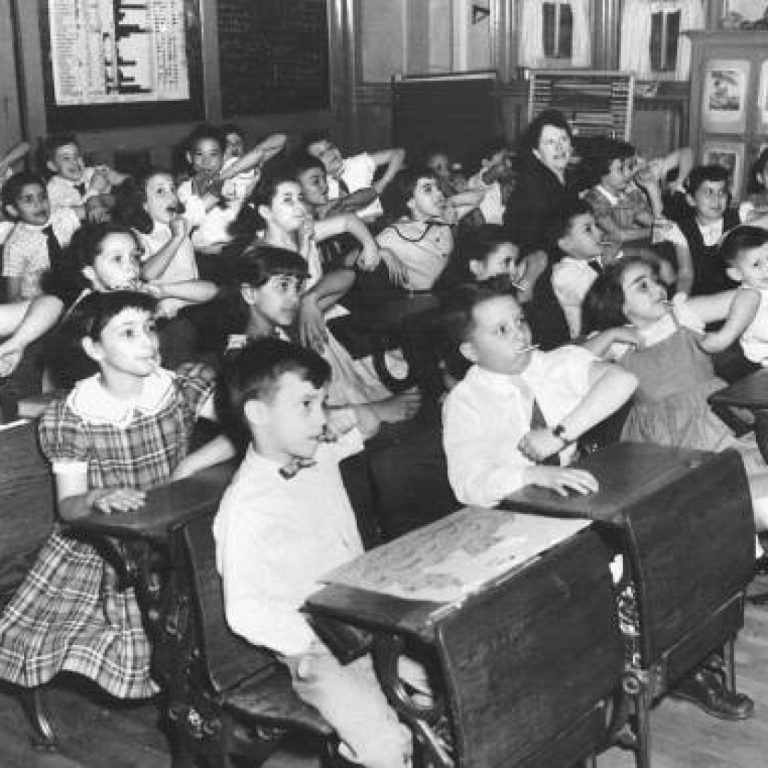
On Apr. 26, 1954, the largest controlled Polio vaccine field trial in the history of medicine got under…
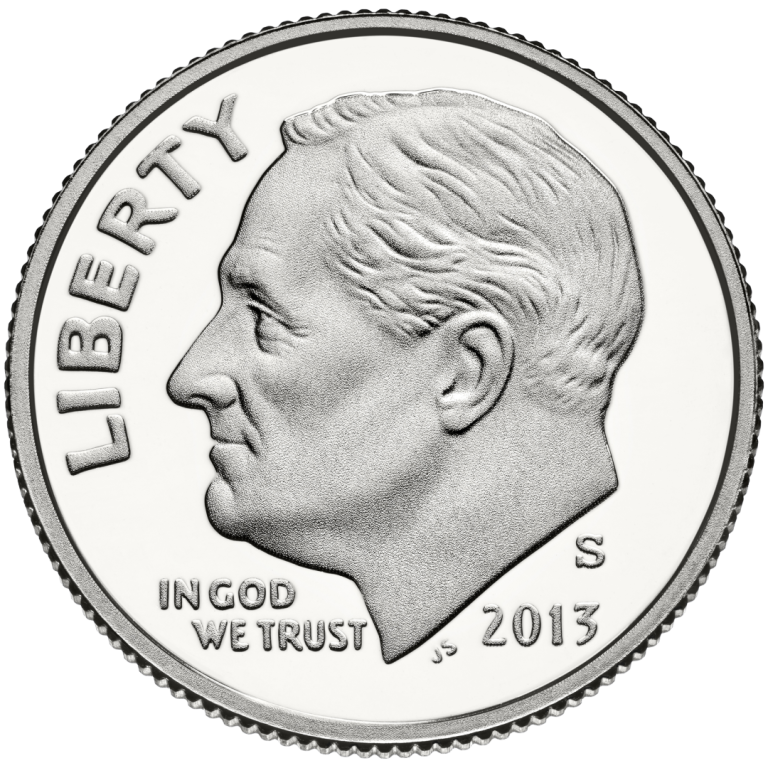
On Apr. 25, 1954, the Vaccine Advisory Committee of the National Foundation for Infantile Paralysis, now known as…
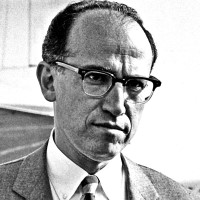
On Mar. 22, 1954, Dr. Jonas Salkメs team began giving inoculations of a commercially prepared vaccine to some…
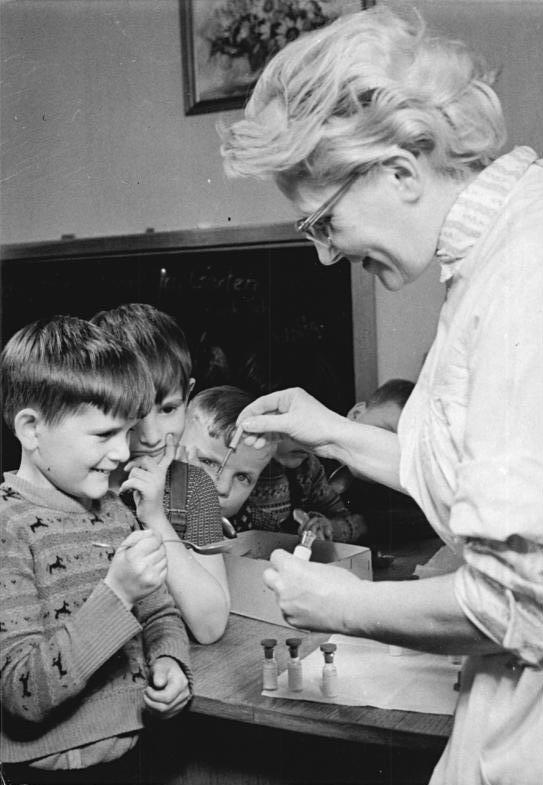
On Feb. 23, 1954, the first mass inoculation of the new Polio vaccine, developed by Dr. Jonas Salk…
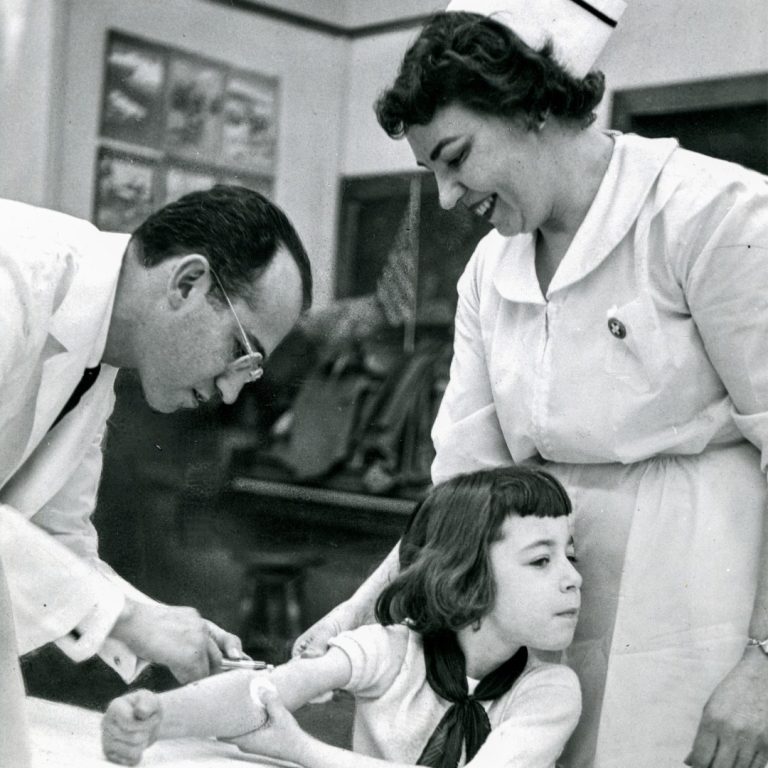
In February 1954, first-, second- and third-grade students from five suburban schools were the first to be inoculated…
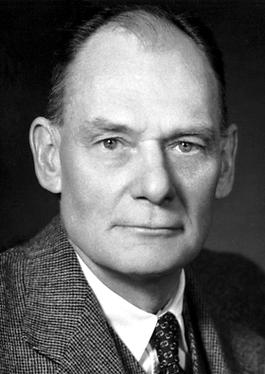
In 1954, John Franklin Enders and Thomas C. Peebles isolated measles virus from an 11-year-old boy, David Edmonston….
In 1954, John Enders, known as “the Father of Modern Vaccines” and Thomas Peebles isolated the measles virus…
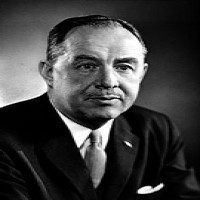
In 1954, Dr. Thomas Francis, Jr., University of Michigan, directed field trials of Salk vaccine sponsored by NFIP….
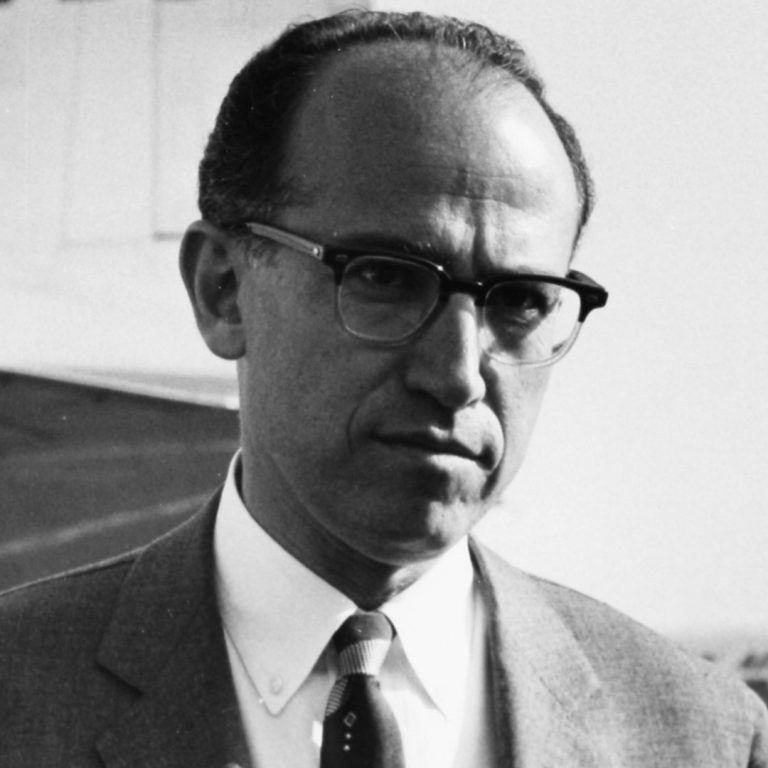
In 1954, Dr. Jonas Salk and associates develop a potentially safe injectable vaccine against polio given to nearly…
On May 22, 1953, thre yellow fever vaccine (Merrell National Labs) was first licensed in the U.S.
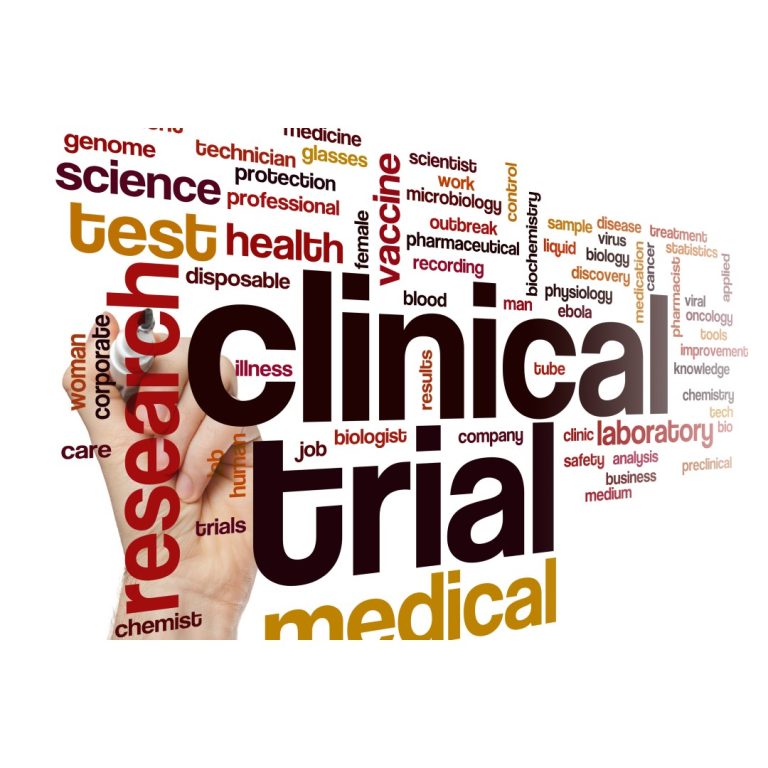
On May 16, 1953, Dr. Jonas Salk initiated the first community-based pilot trial of the Polio vaccine in…
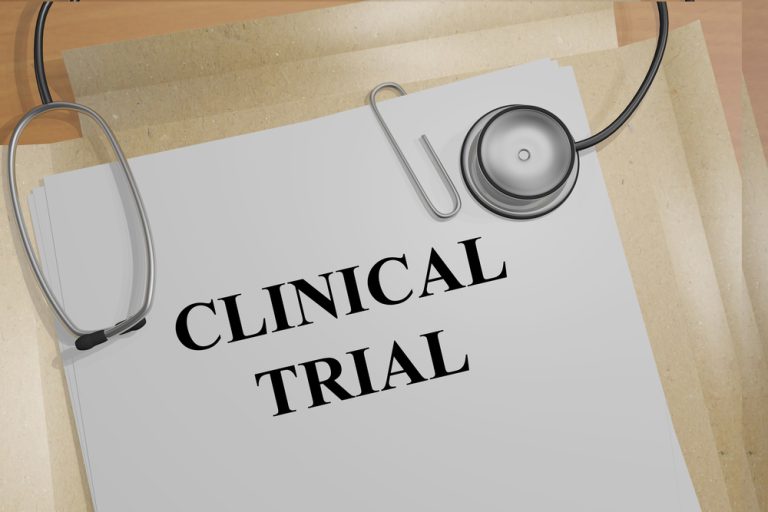
On Mar. 28, 1953, Dr. Jonas Salk and his team published a landmark article in the Journal of…

In 1953, the Salk Institute for Biological Studies was founded in La Jolla, California. For more than a…
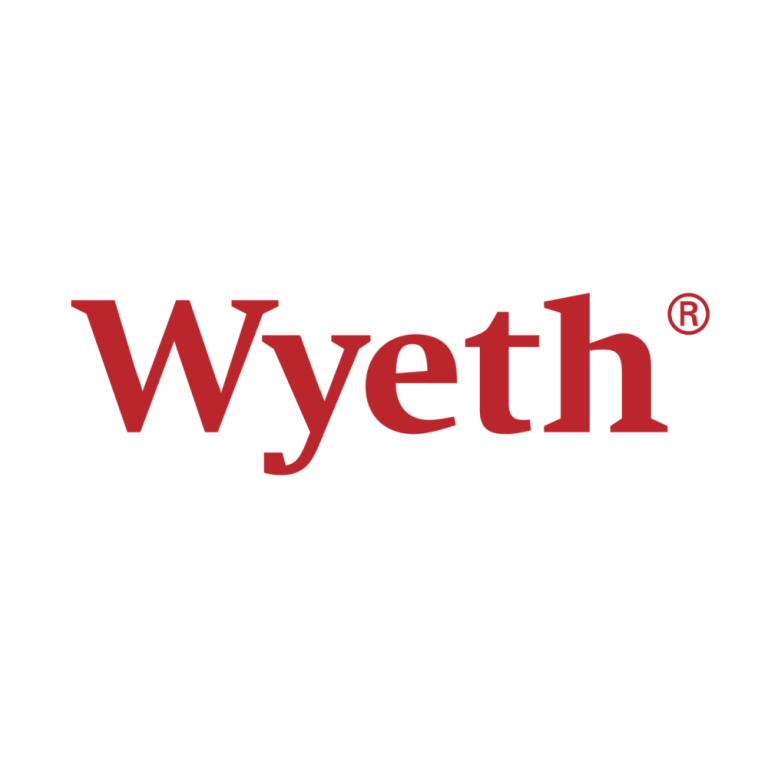
On Jul. 16, 1952, a heat-phenol inactivated typhoid vaccine by Wyeth was licensed by the U.S. Food and…
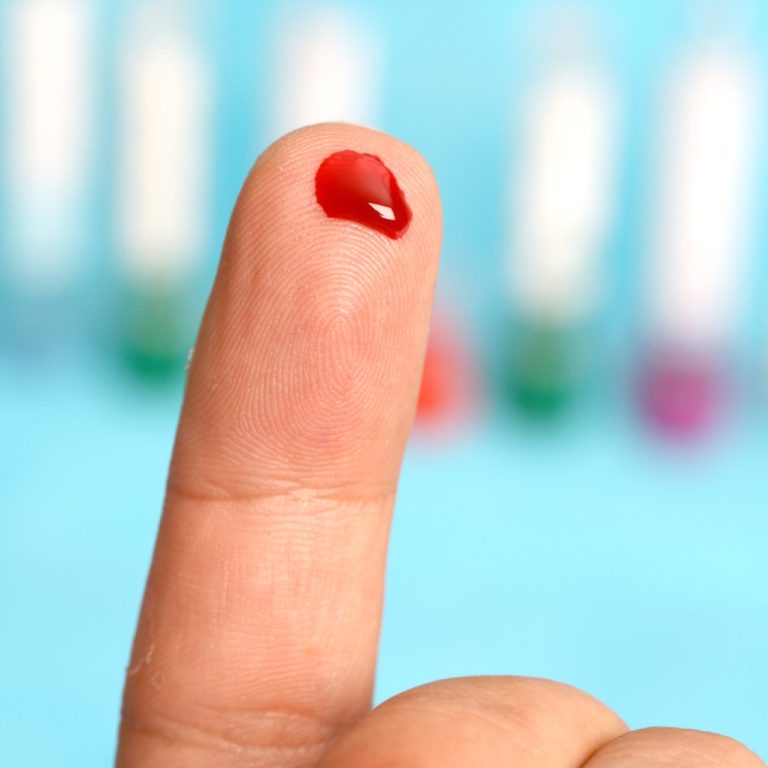
On Jun. 12, 1952, Dr. Jonas Salk went to the D. T. Watson Home for Crippled Children (now…
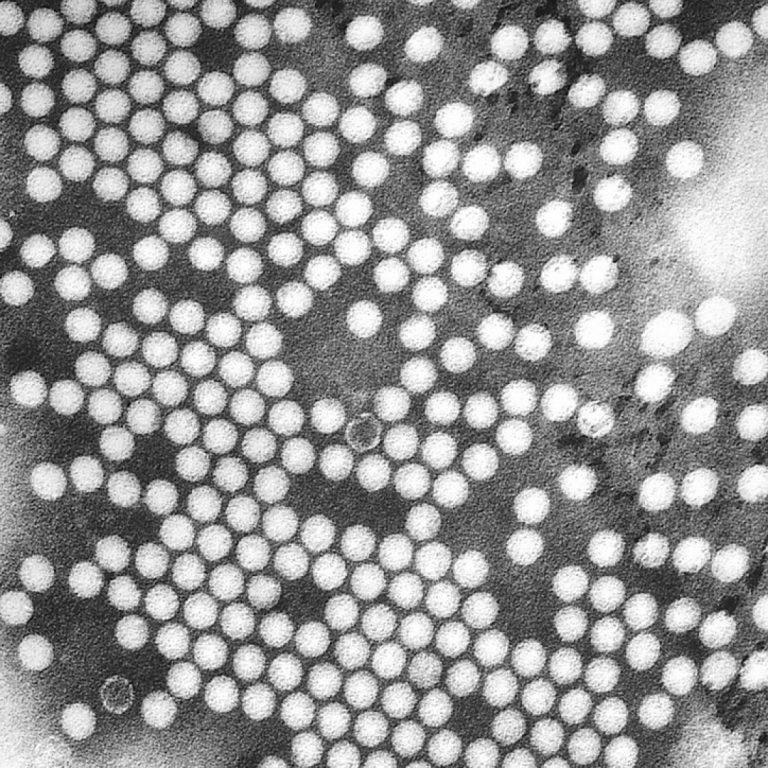
In Jun. and Jul. of 1952, Dr. William Hammon continued with his gamma globulin Polio vaccine field trials…
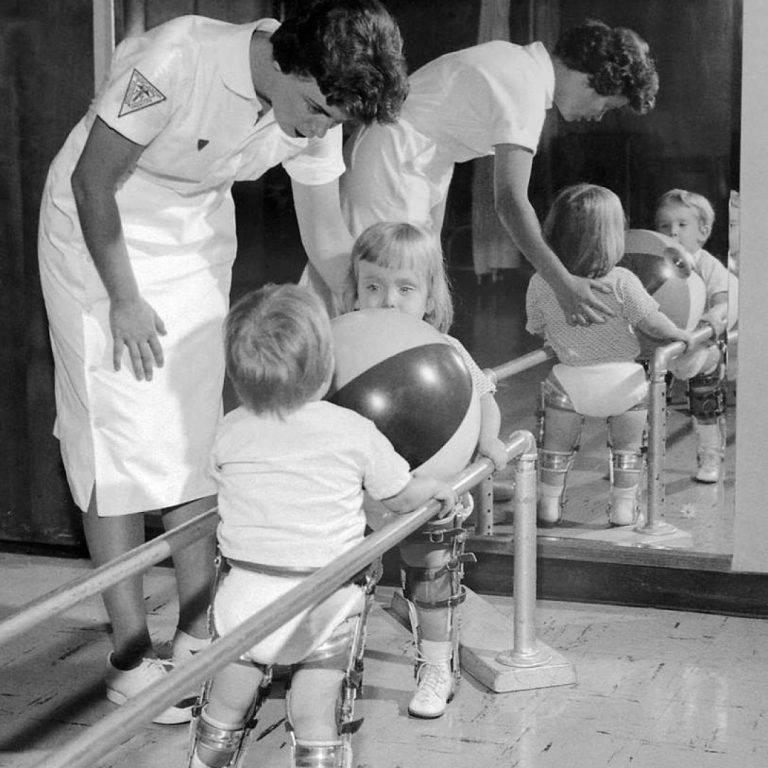
In September 1952, Dr. William Hammon conducted the first placebo-controlled field trial of gamma globulin that, in just…
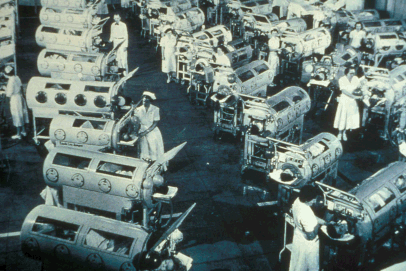
In 1952, the summer of 1952 recorded 57,628 cases, the worst polio epidemic in U.S. history. This added…
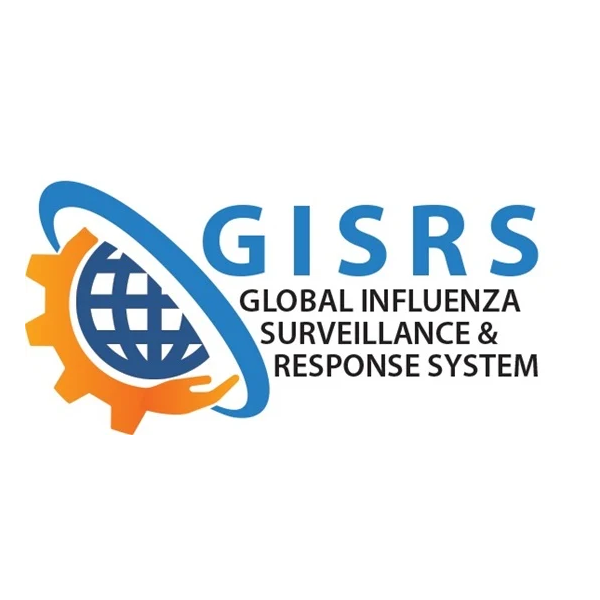
In 1952, the Global Influenza Surveillance and Response System (GISRS) was created by World Health Organization (WHO) to…
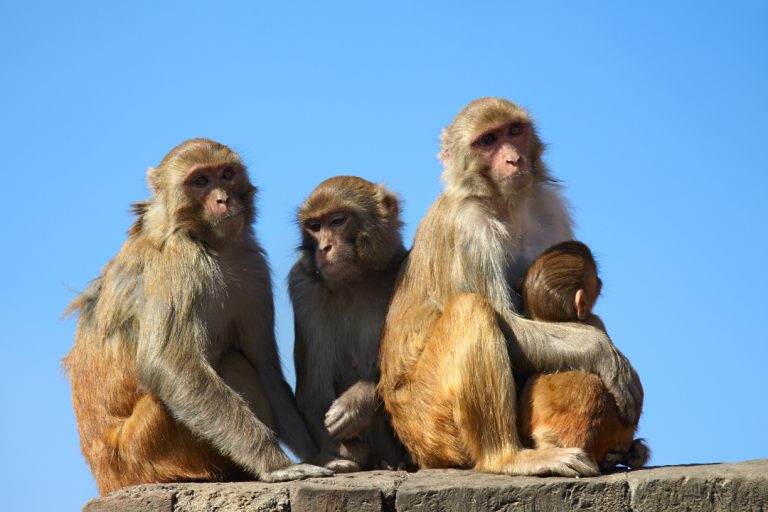
In 1952, Dr. Jonas Salk and his team found monkey kidney tissue to be the most fertile environment…
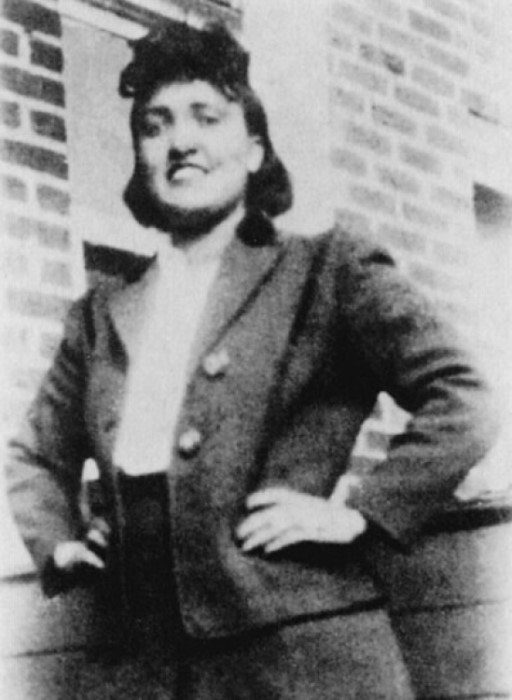
On Feb. 8, 1951, Henrietta Lacks, a tobacco farmer from Virginia died from cervical cancer, and a scientist…
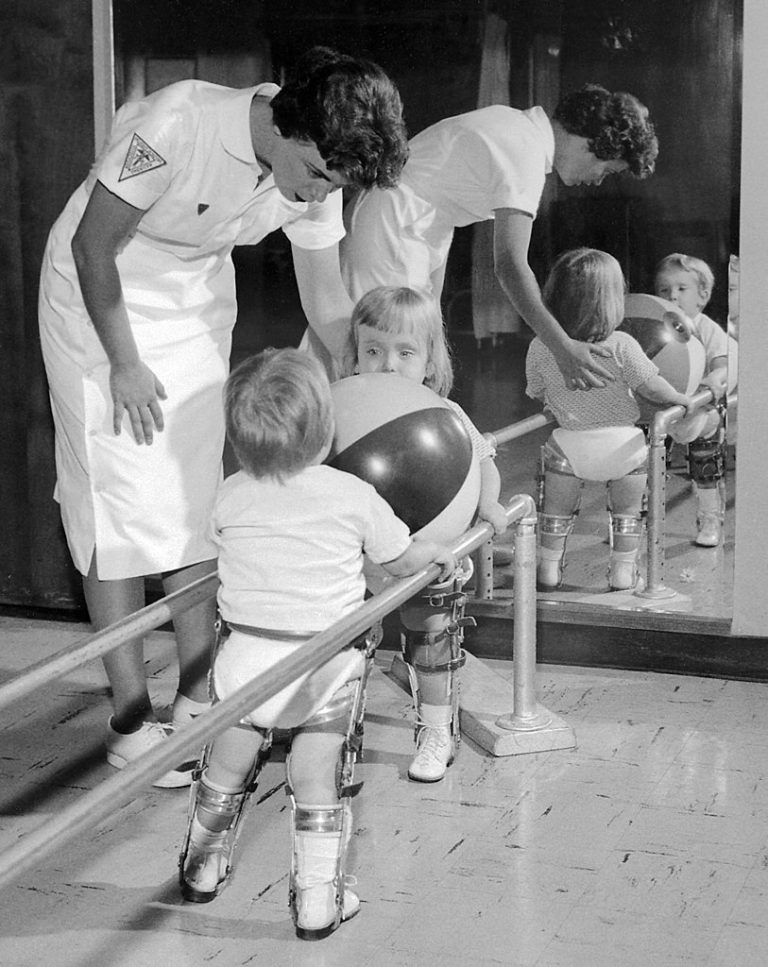
In 1951, Lewis L. Coriell whose history in polio research began during his residency at Children’s Hospital of…
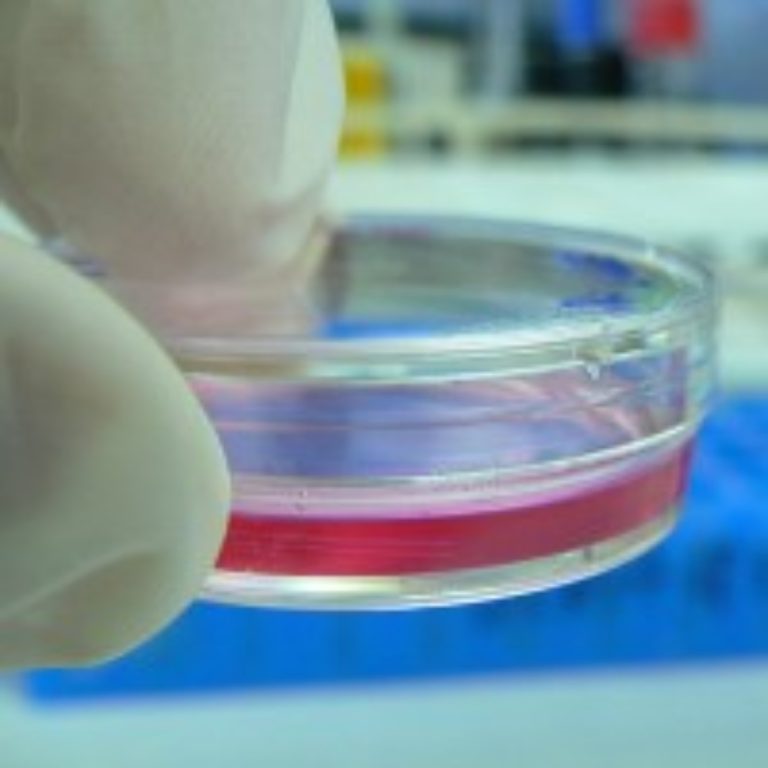
In 1951, Dr. Jonas Salk and his team began using Dr. John F. Enders’ methods to grow poliovirus,…